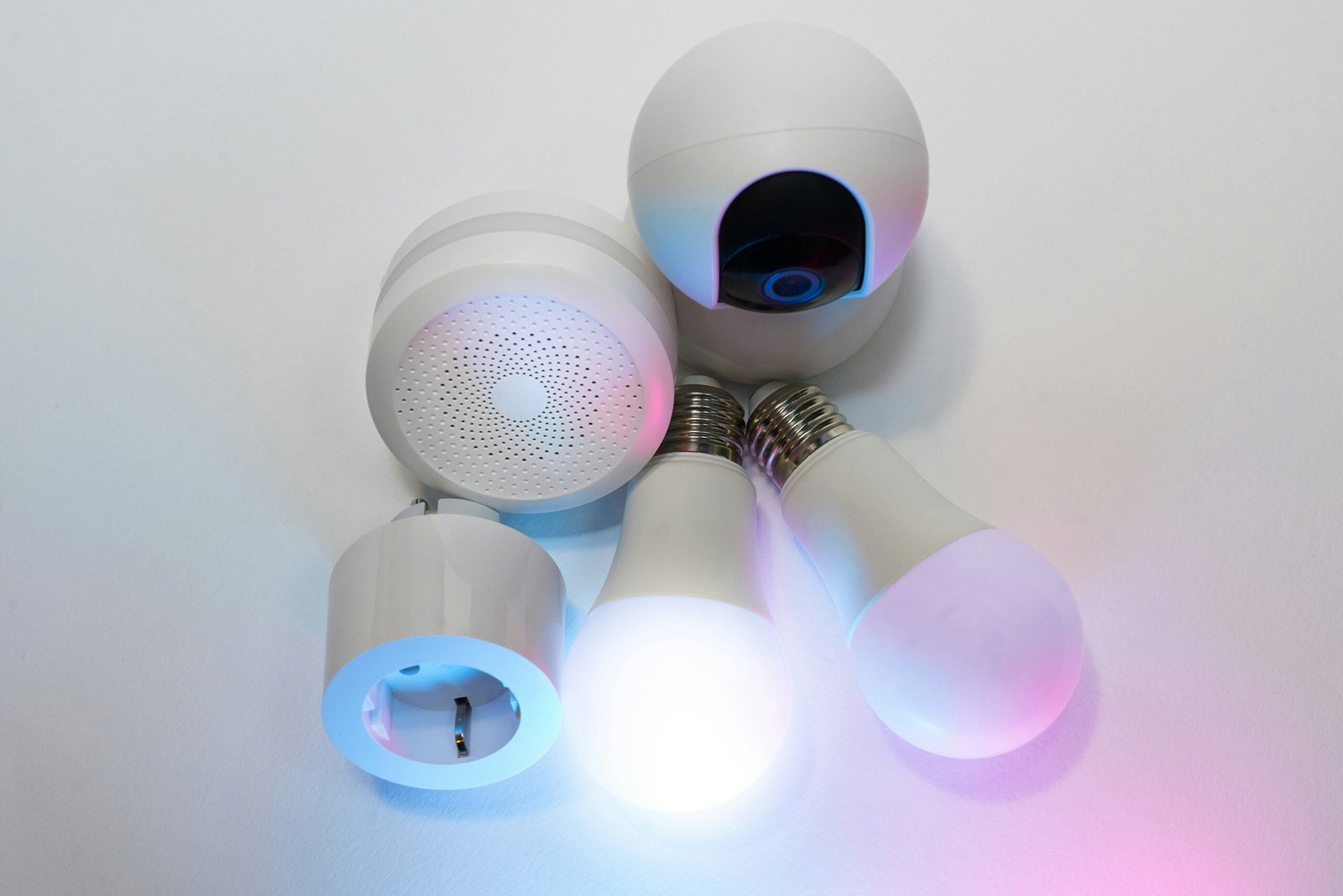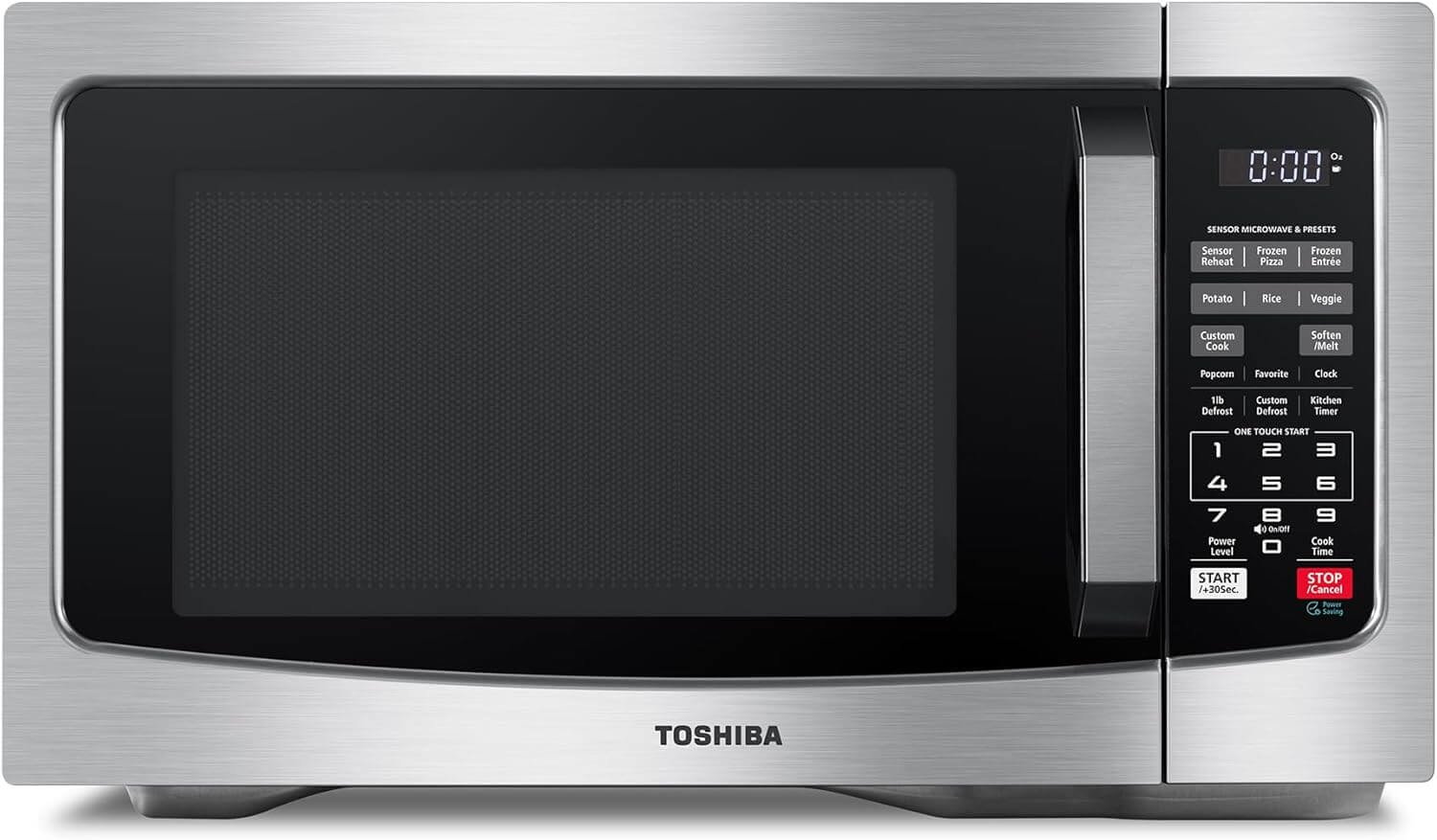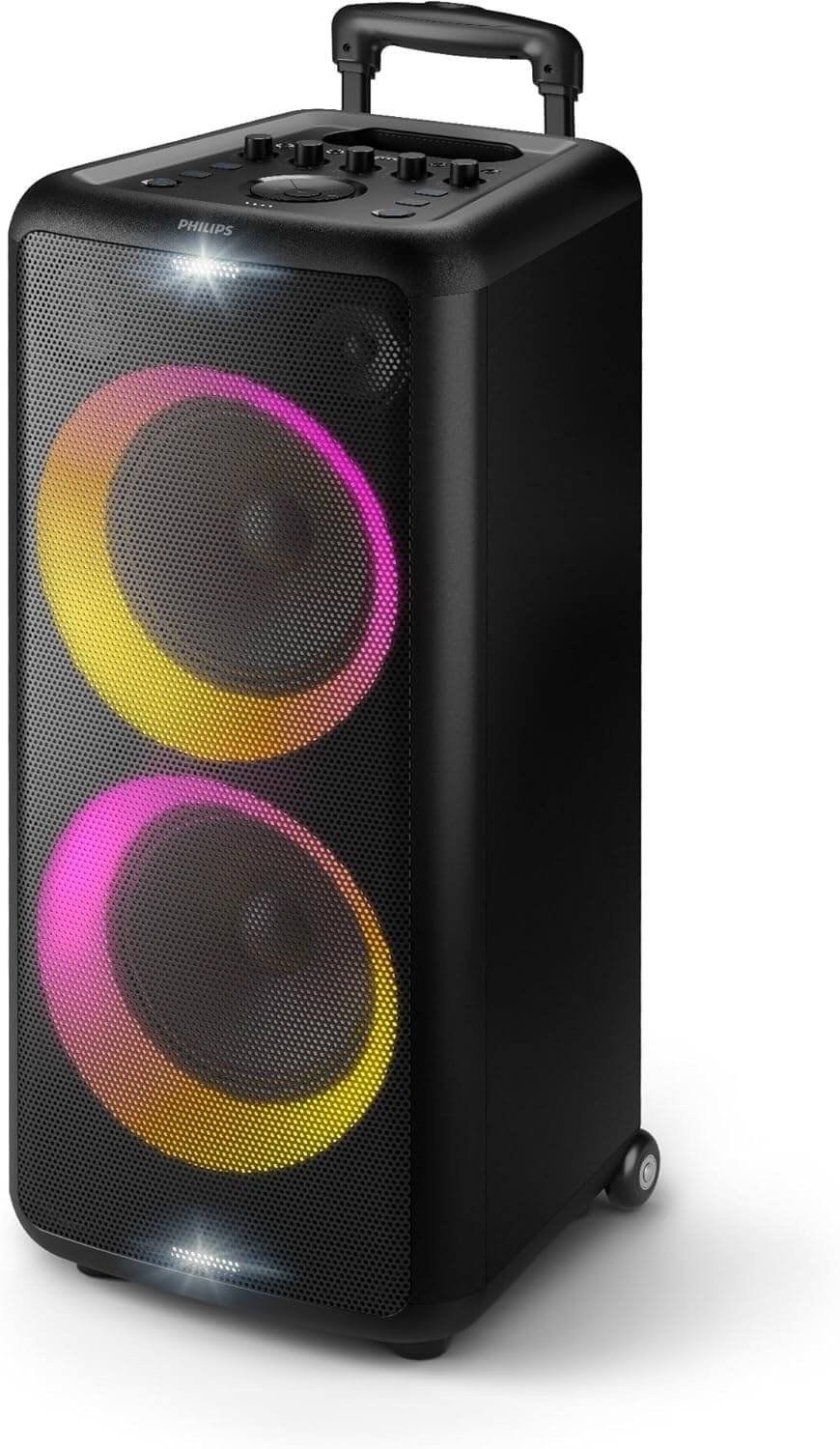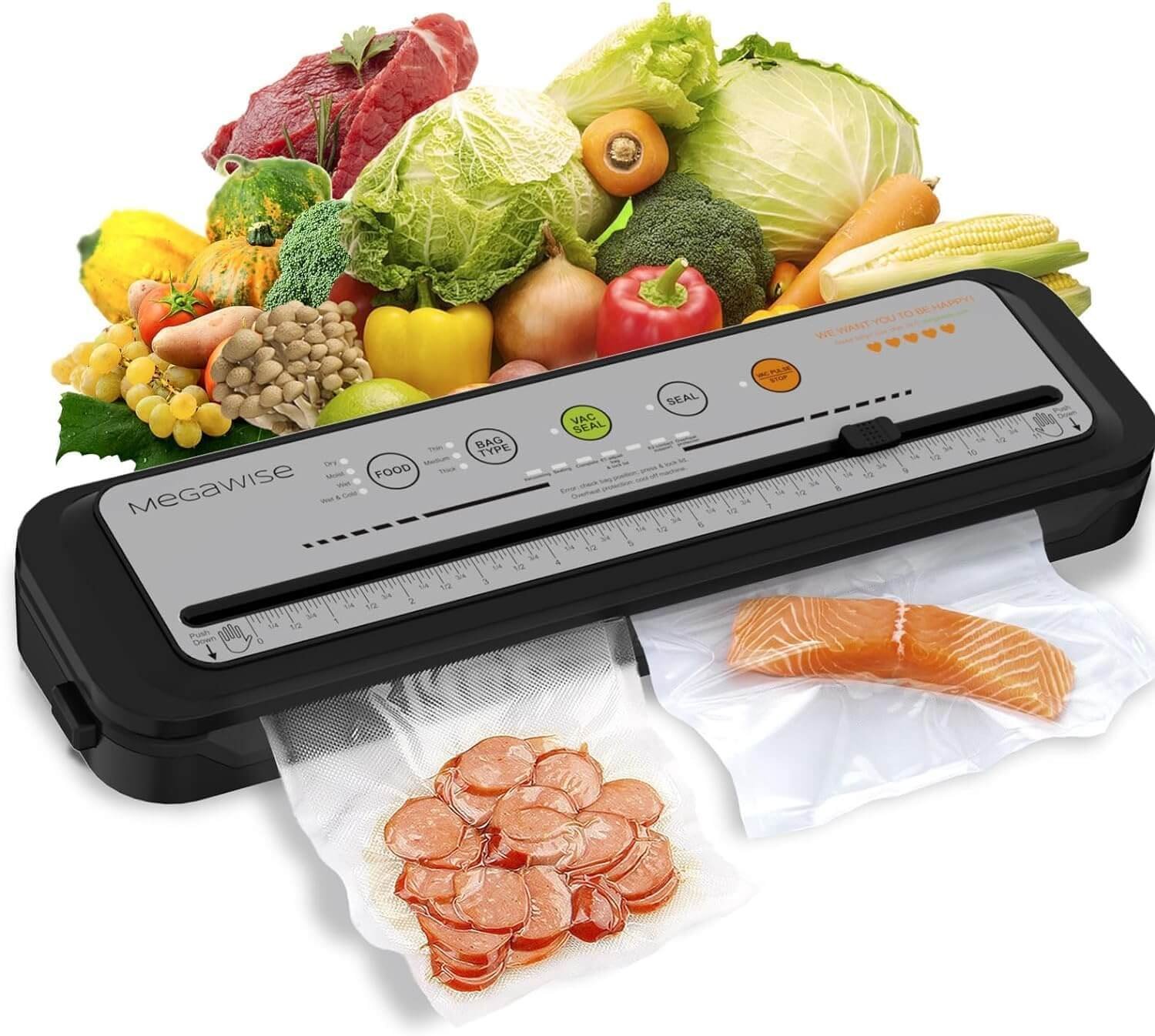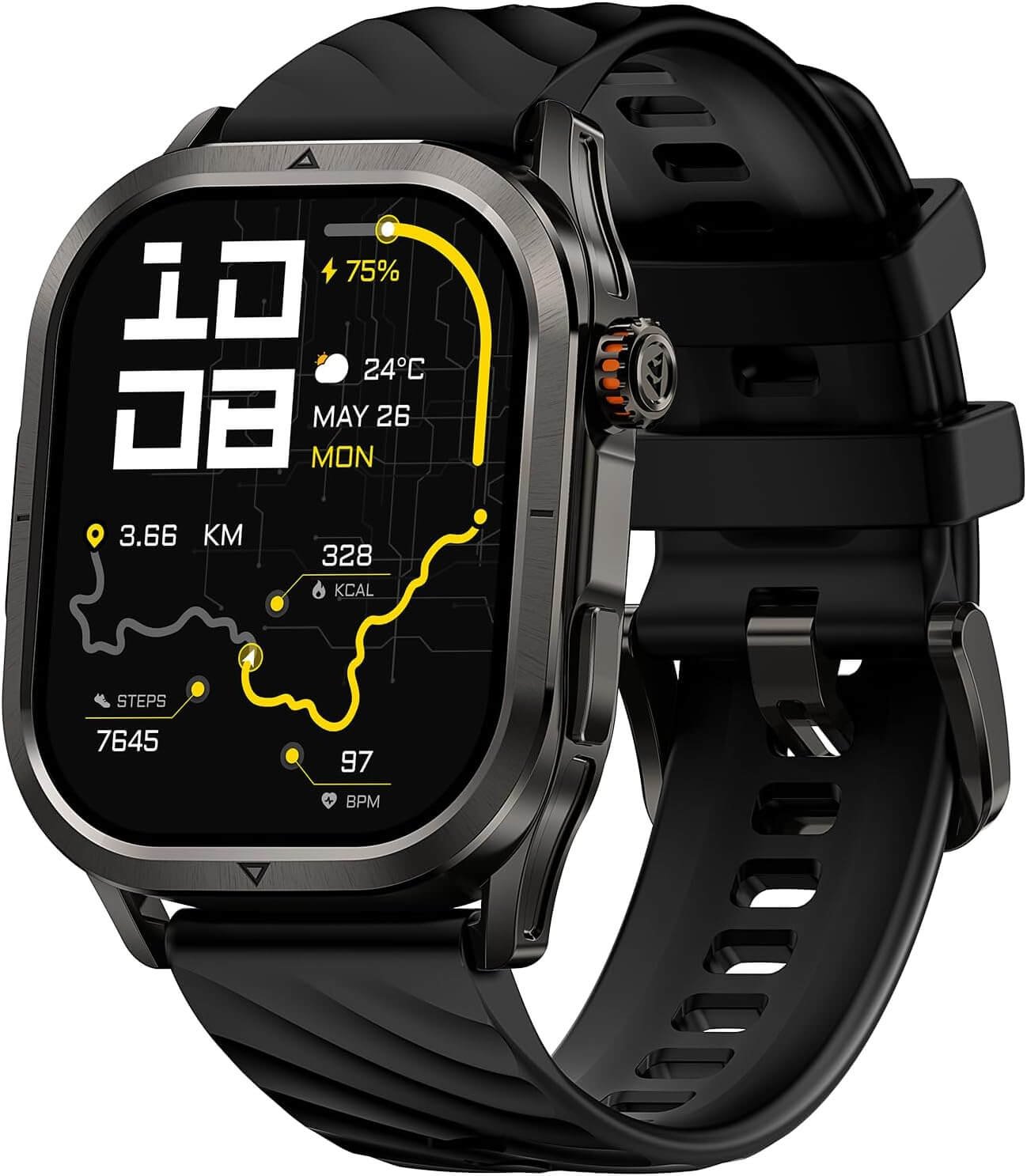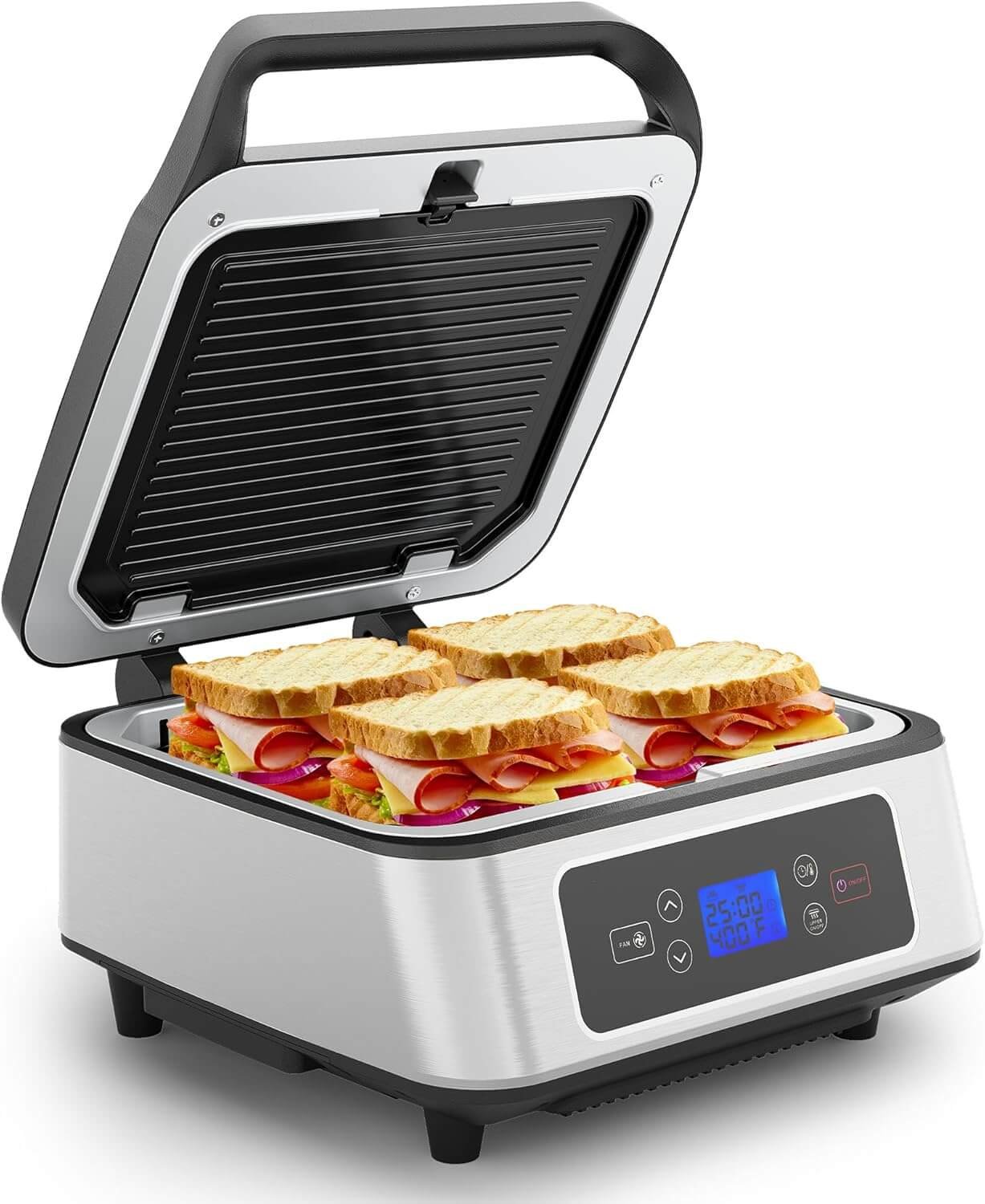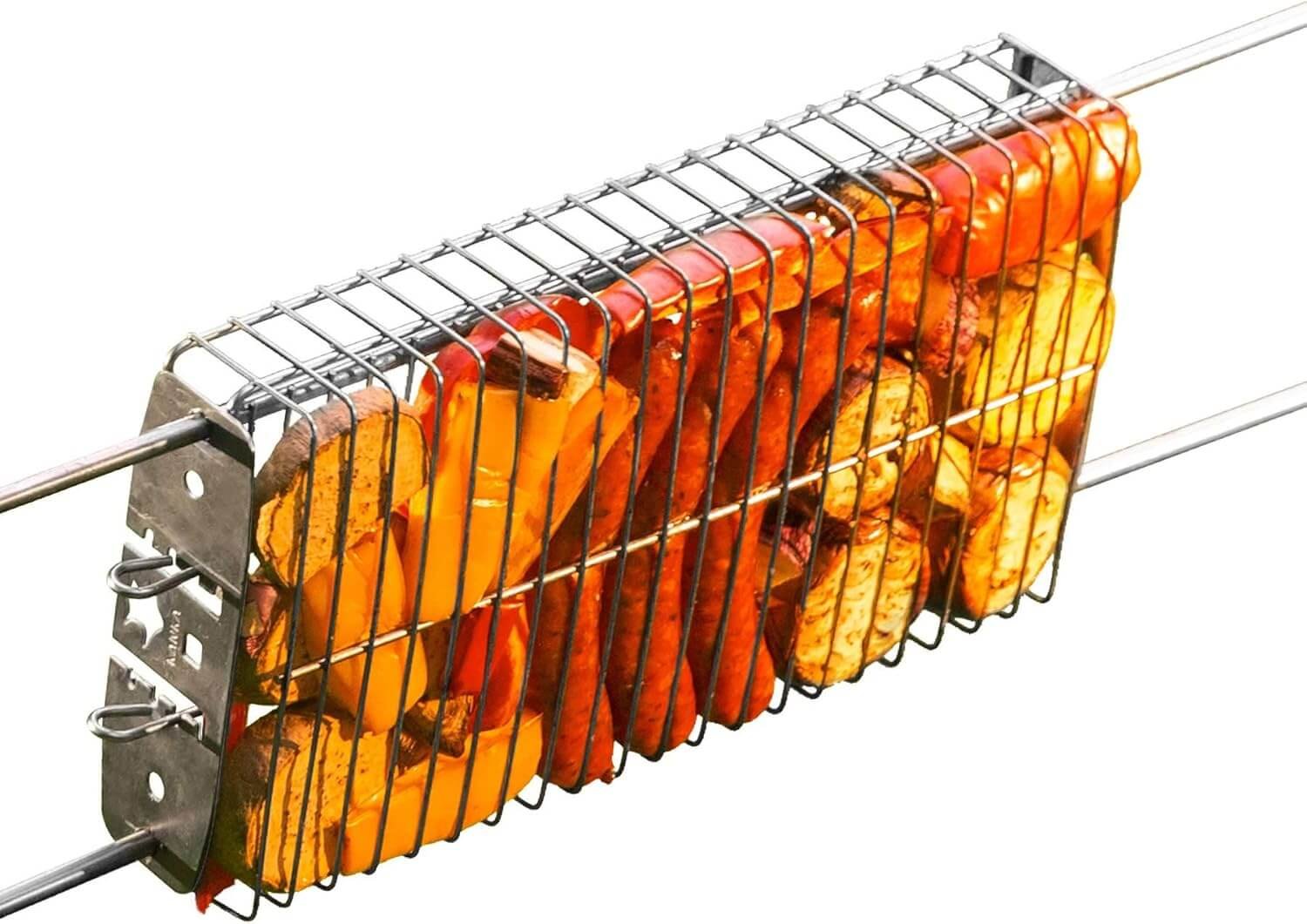Introduction to Desktop Smart Ovens
Desktop smart ovens represent a significant evolution in the cooking appliance landscape, merging traditional cooking capabilities with modern technology. Unlike conventional ovens, which often require substantial space and manual operation, desktop smart ovens are designed to be compact, versatile, and user-friendly. These innovative devices incorporate cutting-edge features that allow users to cook, bake, air fry, and even dehydrate food with remarkable precision.
The popularity of desktop smart ovens has surged in recent years, primarily amongst tech-savvy individuals and smaller households. Their appeal lies in their ability to deliver high-quality cooking results within a limited kitchen footprint. With urban living often leading to downsized living spaces, these smart ovens offer a practical solution for cooking enthusiasts who may not have access to larger appliances. Furthermore, their multifunctionality minimizes the need for multiple devices, making them a cost-effective choice for modern kitchens.
Advanced features are a hallmark of desktop smart ovens. Many come equipped with Wi-Fi connectivity, enabling users to control the oven remotely via smartphone apps. This level of convenience allows for meal preparations that can be seamlessly integrated into busy lifestyles. Additionally, desktop smart ovens often include built-in sensors and programmable settings that recognize the ideal cooking time and temperature for various dishes, ensuring consistent results. The integration of voice control technology with services like Amazon Alexa or Google Assistant further enhances their usability, adding a layer of convenience for home chefs.
In summary, desktop smart ovens are transforming the way individuals approach cooking in contemporary kitchens. Their compact design, multifunctional capabilities, and advanced technological features make them an attractive option for anyone looking to simplify their cooking process without compromising on quality or flavor.
How Desktop Smart Ovens Work
Desktop smart ovens represent a significant advancement in kitchen appliance technology, providing enhanced functionality that differentiates them from traditional ovens. At their core, these smart ovens employ a combination of sensors, Wi-Fi connectivity, and innovative cooking methods to optimize the culinary experience. The integration of these technologies allows users to achieve precision cooking with minimal effort.
One of the key components of desktop smart ovens is the array of built-in sensors. These sensors monitor temperature, humidity, and even the doneness of the food within the oven. By analyzing real-time data, the smart ovens can adjust their cooking parameters automatically, ensuring that dishes are cooked perfectly every time. This technological prowess effectively elevates the cooking process, allowing for royal culinary experiments.
Furthermore, Wi-Fi connectivity plays a crucial role in the versatility of desktop smart ovens. By connecting to the internet, these appliances can integrate seamlessly with mobile applications. Users can control their ovens remotely, set cooking schedules, and receive notifications when their food is ready. This feature not only enhances convenience but also allows users to experiment with recipes from various online sources, making the cooking experience more engaging and enjoyable.
In contrast to traditional ovens, desk smart ovens often utilize advanced cooking methods such as convection and steam cooking. Convection cooking circulates hot air around the food, resulting in even cooking and browning, while steam cooking retains moisture, preserving the food’s texture and flavor. These techniques contribute to faster cooking times and improved culinary results, appealing to both amateur cooks and seasoned chefs alike.
In summary, desktop smart ovens harness state-of-the-art technology to create an efficient and enjoyable cooking experience. With their innovative use of sensors, Wi-Fi connectivity, and advanced cooking methods, they present a modern solution for preparing meals that cater to today’s fast-paced lifestyle.
Comparing Smart Ovens to Standard Ovens
When exploring the culinary landscape, one cannot overlook the distinctions between smart ovens and their traditional counterparts. Smart ovens, equipped with advanced technology, significantly enhance the cooking process. They commonly employ features such as Wi-Fi connectivity, allowing users to control their oven remotely through a smartphone application. This technology provides convenience, enabling busy individuals to monitor cooking progress or adjust settings without being physically present in the kitchen.
Energy efficiency is another area where smart ovens excel. Many models utilize intelligent sensors that optimize cooking times and temperatures, resulting in reduced energy consumption compared to standard ovens. Traditional ovens often operate on a fixed temperature setting, which may lead to energy wastage during cooking. On the contrary, smart ovens can preheat more quickly and offer precision in temperature control, often reducing overall cooking time and energy use.
In terms of usability, user experiences with smart ovens have been overwhelmingly positive. The intuitive interfaces of these ovens, often including touch screens and voice commands, provide a user-friendly cooking experience. Many smart ovens feature built-in recipes that automatically adjust settings based on the specific dish being prepared, simplifying the cooking process for users. In contrast, standard ovens provide little to no assistance, requiring individuals to rely solely on their culinary knowledge.
Temperature control is another critical factor differentiating these two appliance types. Smart ovens allow for precise temperature adjustments, essential for baking and roasting. The ability to maintain consistent temperature and precise cooking times can improve the quality of results, especially for intricate dishes. While traditional ovens may struggle with temperature fluctuations, smart ovens provide the consistency needed for optimal cooking outcomes.
Overall, the advancements in smart oven technology offer significant benefits over standard ovens, making them a valuable addition to modern kitchens. As consumers continue to seek convenience and efficiency in their cooking, the appeal of smart ovens is likely to grow.
The Value for Money Aspect of Desktop Smart Ovens
When considering the purchase of a desktop smart oven, evaluating the value for money aspect is crucial. The upfront investment for these technologically advanced appliances can often be higher than that of traditional ovens. However, this initial expenditure should be weighed against potential long-term savings and benefits. Desktop smart ovens are designed to be energy-efficient, which can lead to considerable reductions in energy usage compared to standard models. This efficiency is especially significant if the appliance is utilized frequently, as it allows users to save on their electricity bills over time.
Moreover, desktop smart ovens often come equipped with features that enhance their value proposition. Many models include built-in recipe suggestions, allowing users to prepare a wide range of meals without extensive prior knowledge. This functionality not only simplifies cooking but also encourages culinary exploration, which can be particularly beneficial for those trying to expand their food repertoire. Additionally, these ovens are frequently designed with easy-to-clean surfaces, minimizing the time and effort required for maintenance. When you factor in the convenience and efficiency of these features, the cost of a smart oven becomes more justifiable.
It is important to consider the durability and lifespan of desktop smart ovens. While an ordinary oven might last several years, the smart ovens often come with extended warranties and are built with high-quality materials that can withstand daily use. This longevity can further justify the initial financial layout, as you are more likely to enjoy a prolonged period of functionality and satisfaction.
Ultimately, the investment in a desktop smart oven may prove worthwhile, combining immediate benefits with long-term savings. By weighing the upfront costs against the potential energy savings and enhanced features, consumers can make informed decisions that align with their culinary needs and financial considerations.
Ideal Uses for Desktop Smart Ovens
Desktop smart ovens have gained popularity in modern kitchens due to their versatility and convenience. These innovative appliances allow home cooks to explore a wide array of culinary applications that extend far beyond traditional baking or roasting. One of the primary uses of a desktop smart oven is for preparing baked goods. Whether it is cookies, bread, or pastries, these ovens provide consistent heating, which is crucial for achieving the perfect texture and flavor in baked items. The precision cooking features found in many models ensure that ingredients are cooked evenly, resulting in high-quality outcomes.
Another common application for desktop smart ovens is roasting vegetables. The ability to control temperature and timing with great precision allows users to create delicious, caramelized vegetables with minimal effort. Users can experiment with various cooking modes, such as convection or air frying, to achieve the desired results without the need for extensive preheating or monitoring.
Moreover, desktop smart ovens excel at reheating leftovers, providing a more flavorful option than microwaving. The even heat distribution helps retain moisture in foods such as casseroles or pizza, making them taste freshly prepared. This quality makes smart ovens particularly advantageous for those looking to save time while still enjoying homemade meals.
In addition to these specific tasks, desktop smart ovens facilitate meal prep, enabling users to prepare a range of dishes simultaneously. Many smart ovens come programmed with settings that cater to various dietary needs, such as gluten-free or low-fat cooking options, making them suitable for diverse lifestyles. Overall, the multifunctionality of desktop smart ovens makes them an invaluable tool for both novice cooks and seasoned chefs looking to simplify their culinary endeavors.
Features and Functions of Smart Ovens
Smart ovens have revolutionized the culinary experience by integrating advanced technology designed to streamline cooking and enhance user convenience. One of the standout features is voice command capabilities, which allow users to operate their ovens hands-free. This is particularly beneficial when multitasking in the kitchen, as users can adjust settings or start a cooking program without needing to physically interact with the appliance.
Additionally, mobile app control has become a hallmark of these innovative kitchen devices. Users can connect their smart ovens to smartphones or tablets, enabling remote operation. This feature not only provides flexibility in managing cooking times and temperatures but also significantly enhances meal preparation efficiency. For example, users can preheat their ovens while on their way home, ensuring that their meals are ready to cook upon arrival. Furthermore, app notifications keep users informed about cooking progress, allowing for seamless multitasking.
Automated cooking presets are another noteworthy function of smart ovens. These presets remove the guesswork from cooking various meals, as users can select from a range of programmed settings tailored to specific dishes. Whether it’s baking a cake, roasting chicken, or reheating leftovers, these convenient presets ensure optimal results every time. This capability not only saves time but also elevates the overall quality of meals prepared.
In essence, the features of smart ovens, such as voice command, mobile app integration, and automated cooking presets, work synergistically to enhance the overall user experience. By simplifying kitchen tasks and improving cooking efficiency, smart ovens cater to modern culinary needs, making them an invaluable addition to any contemporary kitchen.
User Experience and Reviews
The user experience of desktop smart ovens can vary significantly among individuals, but numerous reviews indicate that most owners appreciate the convenience and efficiency these devices offer. Many users highlight the advanced technology integrated into smart ovens, which allows for remote control and precise cooking settings. The ability to start cooking meals from a smartphone app or receive notifications when food is ready is often mentioned as a major plus. This connectivity not only saves time but also enhances the overall cooking experience, making it easier for users to integrate complex cooking tasks into their busy lifestyles.
Additionally, the efficiency of smart ovens stands out in user feedback. Many have reported faster cooking times compared to traditional ovens, owing to features such as convection cooking and rapid preheat functions. These devices often come equipped with preset cooking modes tailored for various dishes, which simplifies the cooking process, further contributing to positive testimonials. Users also frequently appreciate the energy-saving capabilities that come with modern models, as they often consume less energy than conventional ovens.
Tips for Choosing the Right Desktop Smart Oven
When it comes to selecting the perfect desktop smart oven, several key factors should be considered to ensure that the choice aligns with your cooking preferences and lifestyle. Firstly, size is a critical element; you need to evaluate the available counter space in your kitchen. Desktop smart ovens come in various dimensions, and choosing one that fits comfortably without overcrowding your kitchen workspace is essential.
Functionality is another vital criterion. Different models offer various cooking methods such as baking, roasting, broiling, and air frying. Depending on your cooking habits, assess which features are most beneficial for your needs. For instance, if you frequently prepare frozen foods, look for a smart oven that excels in reheating and cooking those items efficiently. Additional functionalities, such as preset cooking programs, crisping lids, and rotisserie options, can also enhance your culinary experience.
Compatibility with existing smart home systems is increasingly important as technology continues to evolve. Many modern desktop smart ovens feature Wi-Fi connectivity and integration with various smart home ecosystems, allowing for seamless operation via smartphone apps or voice commands. Check the specific smart oven’s compatibility with your home’s technology to maximize convenience and functionality.
Finally, budget considerations cannot be overlooked. Desktop smart ovens are available at a range of price points, so it is essential to determine what features you are willing to invest in. While higher-priced models may offer advanced functionalities and better performance, there are also budget-friendly options that can meet basic cooking needs effectively. By assessing your cooking habits and understanding which features you will use most, you can make an informed decision and select the desktop smart oven that best matches your requirements, enhancing your overall cooking experience.
Conclusion: Are Desktop Smart Ovens Worth It?
Throughout this guide, we have explored various aspects of desktop smart ovens, including their features, benefits, and potential drawbacks. These innovative kitchen appliances have gained popularity due to their compact design, advanced technology, and versatility, making them appealing alternatives to traditional ovens. Key features include programmable settings, energy efficiency, and the ability to connect to smart home devices, which enhance the cooking experience and potentially reduce preparation time.
Moreover, desktop smart ovens tend to come equipped with multifunctionality, allowing users to bake, broil, roast, and even air fry, all in one device. This represents a significant advantage, particularly for those with limited kitchen space or for individuals who prefer quick meal solutions. Their ability to monitor cooking through smartphone applications also offers added convenience. However, despite these advantages, it is essential to consider whether these features align with your cooking habits and lifestyle.
On the other hand, traditional ovens possess a proven track record for those who often prepare large meals or require more capacity. For serious home cooks or families that cook in bulk, the limited space and smaller capacity of desktop smart ovens may not be suitable. Additionally, while some smart ovens are relatively affordable, the cost can be a consideration, particularly if users feel they will not entirely benefit from the features available.
Ultimately, the decision to transition from a standard oven to a desktop smart oven hinges on individual cooking needs and preferences. Evaluating how often you cook, the types of meals you prepare, and your familiarity with smart technology will be crucial in making an informed choice. While desktop smart ovens provide compelling benefits, whether they are worth the investment will vary from person to person.








